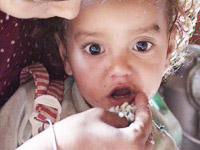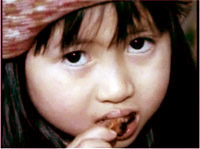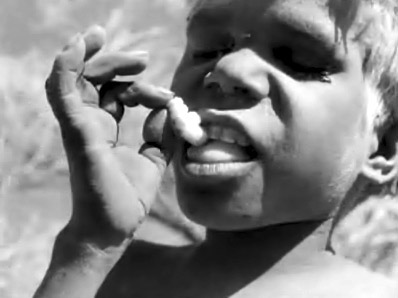|
Food Trivia Home 
If you had to eat a human to survive,
which body part should you pick first?
|
|
Food Trivia Answer
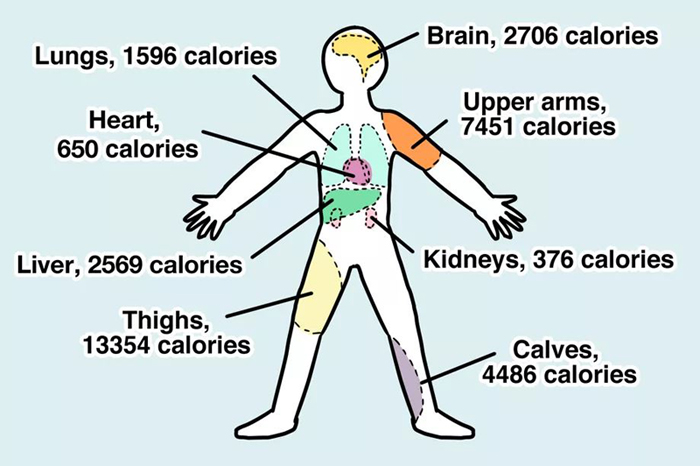
Illustration by Dami Lee
Course Anthropophagy  (cannibalism) WebPage (cannibalism) WebPage |
And after you have finished the first few bites,
which parts would taste the best?
|
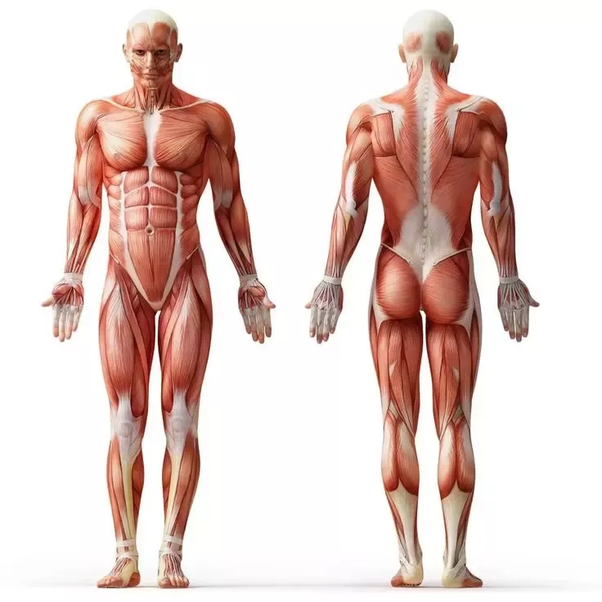
Human Musculature -- -- Quora (08 December 2017)
From
Wing Tang Wong
-
So.. looking up the definition of “fillet”:
noun
- 1.a fleshy boneless piece of meat from near the loins or the ribs of an animal."a chicken breast fillet"
So that kind of gives information about the general area to look for good meat. For most(read: average) human, there really isn’t much meat in the rib region. The chest/breast of a human being has some meat for most men and a good deal of fatty and mammary tissue for most women.
The “loin” region is the muscles on the back of the mammal.
So looking at the human musculature [see illustration above]:
The prime regions in a healthy and unmodified human would be the pecs(chest muscle tissue) and the abdominals. On the back of the human, there isn’t much meat in the way for fillets from the back rib region, but the shoulder muscles offers two chunks of meat referred to as “oysters”. You find similar structures to this in chickens/etc.
- You might be able to do flank steak cuts by excising the sheets of muscle along and around the back along the spine and around to the front of the ribs. Be sure to cut across the muscle grain to ensure a tender mouth feel.
- The chest muscles would be treated like any cut off the chest. Note that due to the minimal marbling in humans, prepare like you would any lean meat, even if the source human is obese.
- The oysters on the shoulders would be kept intact. Their texture should be preserved via gentle cooking, perhaps sous vide.
- The bands of muscles around the neck would make for good fillet mignon mini-steaks, though they might be tough
So the musculature in the diagram above… is for a “typical fit average” human being, so does not take into account the high fat content of obese humans, or the higher musculature buildup of very lean/fit humans, or the excessive tissue buildup of “body builder” type humans.
If you are willing to move away from the typical “fillet” regions and interpret “fillet” to simply mean “cuts of meat”, then there are better places to get protein with large cross sections and/or different textures.
Muscles/regions In particular:
- Ribs
- Thights
- Most healthy humans have large cross sectional diameters in their thighs and this represents several large bands of muscles. Due to the work that is done on a daily basis, this can represent significant flavor. Cut into steak rounds and cooked appropriately, this will yield the largest cuts from all but the most starved humans.
- Another possibility would be a bone-in roast.
- Buttocks
- Should be fatty, but there are actually several large runs of muscle here. Though one might avoid this location as there may be severe muscle deformation from surgery, injections, and the like. If you do find a prime sample, you can probably do a roast with this meat.
- Calves
- Nice large bundle of muscle here. So long as there is no modifications to the human, this tissue can probably be extracted for a variety of cuts, stewing, or a seasoned shank dish.
- Upper arms
- Forearms
- For both arm portions, there is probably enough meat to stew or roast. For the upper arms, maybe some steaks or fillets, but given the connective tissue and bones, stewing or bbq might be better.
- Neck region
- Soup/stew. Good amount of connective tissue here for creating the base for a flavorful mouth feel soup/stew.
Non muscle tissue:
- brains
- fatty, gelatinous… good for creating a rich soup or just simmering to create a custard like texture. Suggestion to blend and strain roughly to remove the stringy veins and other blood vessel structures as well as the skein that holds the general form together. Maybe extract, mix with milk, spices, and some eggs and create some custard like dishes or as filling for dumplings or buns.
- eyes
- Probably an acquired taste, but stew simply.
- tongue(okay, it’s muscle, but also an organ)
- Best to prepare as with cows tongue.
- heart
- Long smooth tissue. Depending on one’s sense of taste, roasting, stewing, or grounding up and making some meatballs with a good “teeth bouncing” texture.
- liver
- Cook as with cow’s liver… but if the organ comes from an obese human, cook as with foie gras. A good red wine to blend and use as a patte.
- kidneys
- Cook as with cows kidneys.
- stomach
- Check the stomach for parasites, lesions, or ulcerations. Toss if either present. But if the stomach is in good condition, a recommended approach would be stewing/simmering in a sauce and then thin slicing.
- lungs
- Generally people don’t eat lungs, but in some noodle dishes, lung can be quite good. If the human is a smoker or made use of other inhalation type compounds, toss it. The lung is too contaminated to be edible.
- large intestines
- small intestines
- Both large and small intestines should be THOROUGHLY checked for parasites, lesions, and ulcerations. In fact, with humans, just toss, as it’s a lost cause.
- testicals(males)
- “Prarie Oyster”
- Simmer until cooked through, then remove the tough outer skein. Enjoy with sauce of choice or mince up for a heart stew.
Course Anthropophagy  (cannibalism) WebPage (cannibalism) WebPage |
Food Trivia Home  |

